Hi there, pet lovers! 🦐🔥
Are you looking for a pet that’s equal parts mesmerizing and formidable? The mantis shrimp (Stomatopoda) might just be the most unique marine creature you could ever keep. With their lightning-fast strikes, incredible vision, and vibrant colors, these crustaceans are unlike anything else in the aquarium hobby.
But are they the right pet for you? In this detailed review, we’ll explore everything you need to know about keeping a mantis shrimp—from their behavior and care requirements to tank setup, feeding, and potential challenges.
Whether you’re a saltwater enthusiast or just fascinated by these underwater marvels, this guide will help you decide if a mantis shrimp belongs in your home.
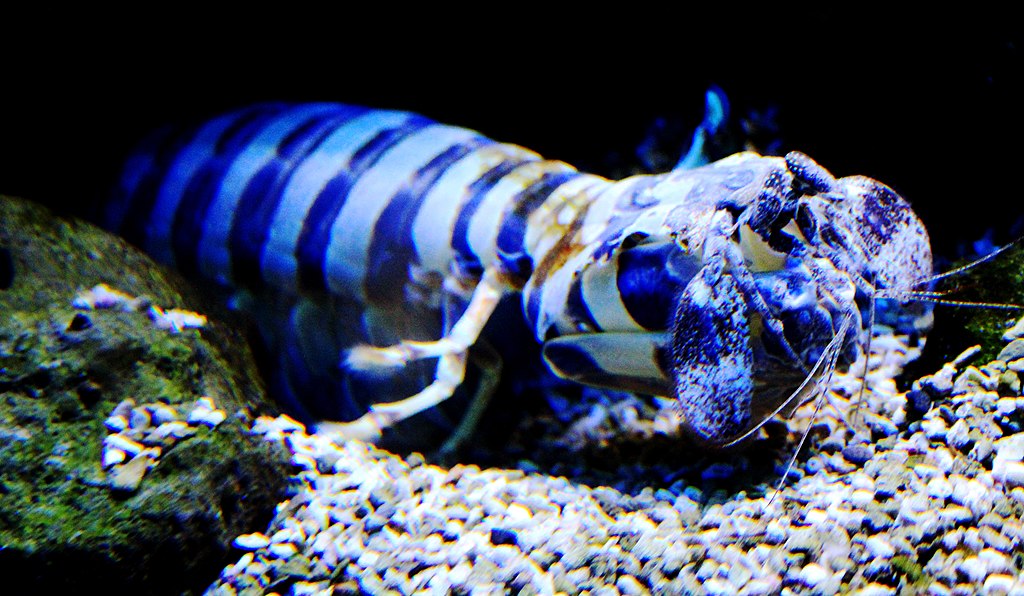
Overview
Mantis shrimp are marine crustaceans known for their powerful raptorial claws, extraordinary vision, and aggressive nature. They come in two main types: “Smashers” (which bludgeon prey with hammer-like claws) and “Spearers” (which impale prey with barbed limbs).
Here’s a quick summary of what makes them stand out:
- Handling and Temperament: Highly aggressive—best observed, not handled.
- Care and Maintenance: Moderate to high difficulty; requires a stable saltwater setup.
- Health and Durability: Very hardy if kept in proper conditions.
- Availability: Readily available from marine suppliers but not common in standard pet stores.
- Cost: Affordable to purchase, but tank setup can be expensive.
Overall: A captivating but challenging pet best suited for experienced saltwater keepers.

Why Choose a Mantis Shrimp?
Mantis shrimp are not your typical aquarium pet. They are apex predators in their environment, capable of delivering one of the fastest and most powerful strikes in the animal kingdom.
What Makes Them Unique?
- Unmatched Hunting Skills: Their claws accelerate faster than a .22 caliber bullet, creating shockwaves that can stun or kill prey.
- Incredible Vision: They see 12 to 16 color channels (humans see only 3), detect polarized light, and have trinocular vision (each eye can focus independently).
- Vibrant Colors: Many species, like the peacock mantis shrimp, display dazzling hues.
- Long Lifespan: Some species live 10-15 years in captivity.
However, they are not for beginners. Their aggressive nature, specialized care, and potential danger make them a pet for dedicated marine hobbyists.
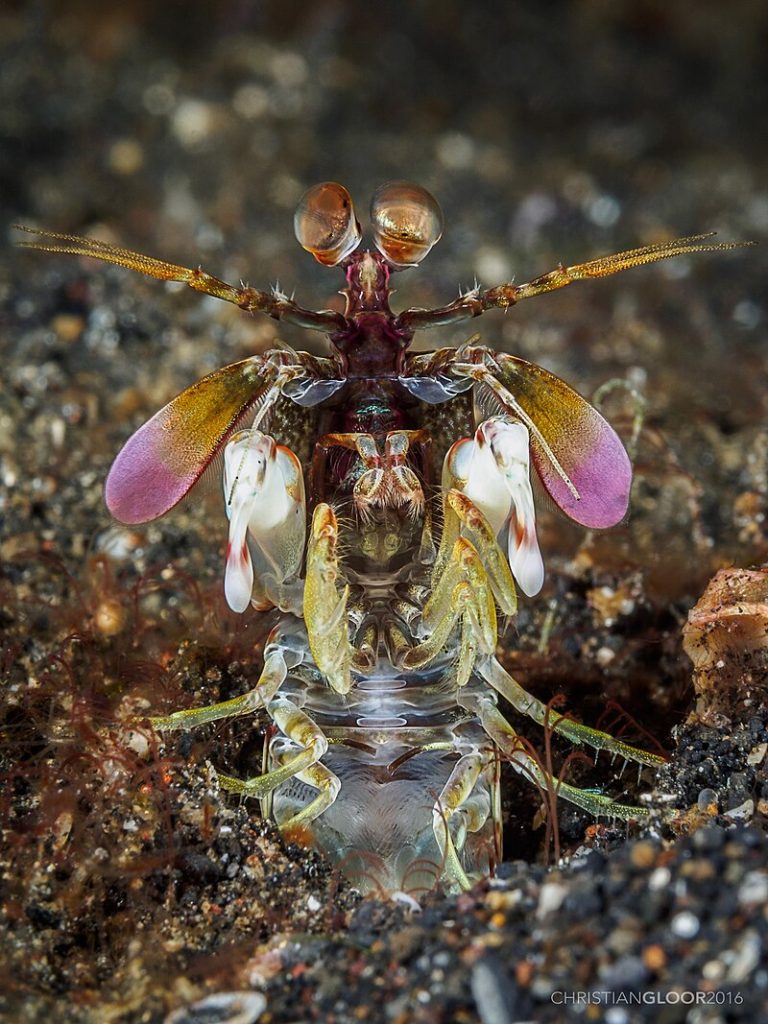
Handling and Temperament
Aggressive by Nature
Mantis shrimp are solitary, territorial, and highly aggressive. They will attack anything they perceive as a threat—including tank decorations, heaters, and even aquarium glass.
- Never handle them directly—their strikes can break fingers, crack aquarium glass, or slice skin.
- Avoid keeping them with other tank mates—they will hunt and kill fish, crabs, and even other mantis shrimp.
Behavior Variations
- Smashers: Use hammer-like claws to pulverize shells and exoskeletons.
- Spearers: Prefer ambush hunting, impaling soft-bodied prey with spiked limbs.
Key Takeaway: These are display animals, not pets to interact with. Their fascinating behavior is best observed from a safe distance.
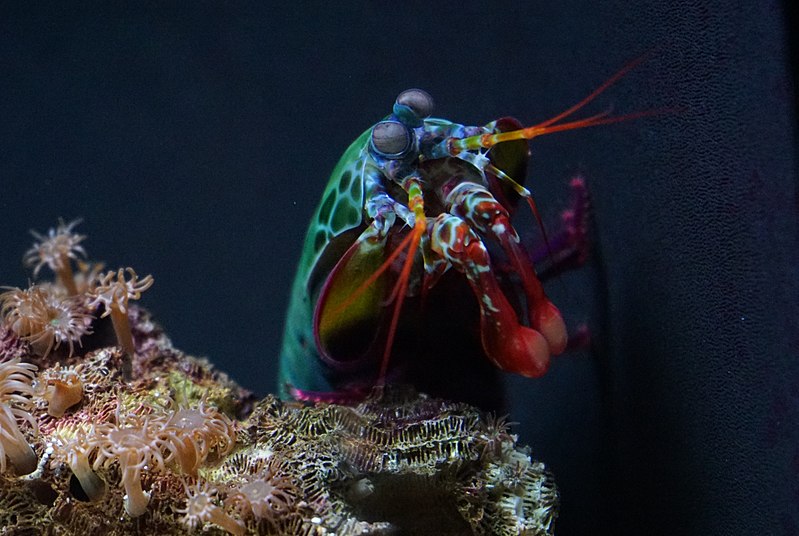
Care and Maintenance
Tank Setup
- Minimum Tank Size: 30-50 gallons (larger for bigger species).
- Material: Acrylic is strongly recommended—their strikes can shatter glass.
- Substrate: Sand or fine gravel (they love to burrow).
- Decor: Live rock, PVC pipes, and caves for hiding and hunting.
- Lighting: Standard marine lighting is fine—they don’t need special UV.
Water Conditions
- Salinity: 1.023-1.025 SG (standard marine levels).
- Temperature: 72-78°F (22-26°C).
- pH: 8.1-8.4.
- Filtration: Strong mechanical and biological filtration—they are messy eaters.
- Water Changes: 10-20% weekly to manage waste.
Feeding
Mantis shrimp are carnivorous predators. Their diet should include:
- Live or frozen shrimp, crabs, and fish.
- Occasional treats like snails or mussels.
- Avoid overfeeding—2-3 times per week is sufficient.
Pro Tip: Some can be trained to accept thawed frozen food, reducing the need for live prey.

Health and Durability
Common Health Issues
- Shell Problems: Like all crustaceans, they molt. Ensure proper calcium and iodine levels for healthy exoskeleton regrowth.
- Stress from Poor Water Quality: High ammonia or nitrites can be fatal.
- Injuries from Fighting: If housed incorrectly, they may damage themselves.
Preventative Care
- Stable water parameters are critical—test weekly.
- Provide hiding spots to reduce stress.
- Avoid copper-based medications—they are highly toxic to invertebrates.
Good News: If kept in proper conditions, mantis shrimp are extremely hardy and can live over a decade.

Availability and Cost
Where to Buy
- Specialty Marine Stores: Best for healthy, ethically sourced specimens.
- Online Retailers: Many offer shipping, but ensure proper acclimation.
- Local Aquarium Clubs: Some hobbyists rehome unwanted mantis shrimp.
Cost Breakdown
- Mantis Shrimp: $30-$200+ (depending on species and rarity).
- Tank Setup: $300-$1,000+ (acrylic tank, filtration, heater, live rock, etc.).
- Ongoing Costs: Salt mix, food, test kits, and electricity.
Note: While the shrimp itself is affordable, the initial setup is a significant investment.
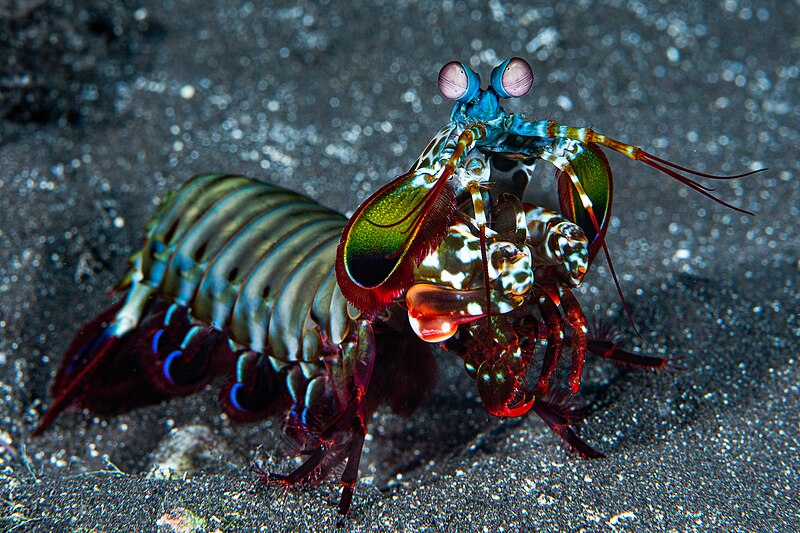
Pros and Cons
Pros
✅ One of the most fascinating marine creatures.
✅ Extremely hardy once acclimated.
✅ Striking colors and behaviors.
✅ Long lifespan (10+ years).
Cons
❌ Highly aggressive—cannot be kept with other animals.
❌ Requires a specialized saltwater setup.
❌ Risk of breaking aquarium glass (use acrylic!).
❌ Not suitable for beginners.
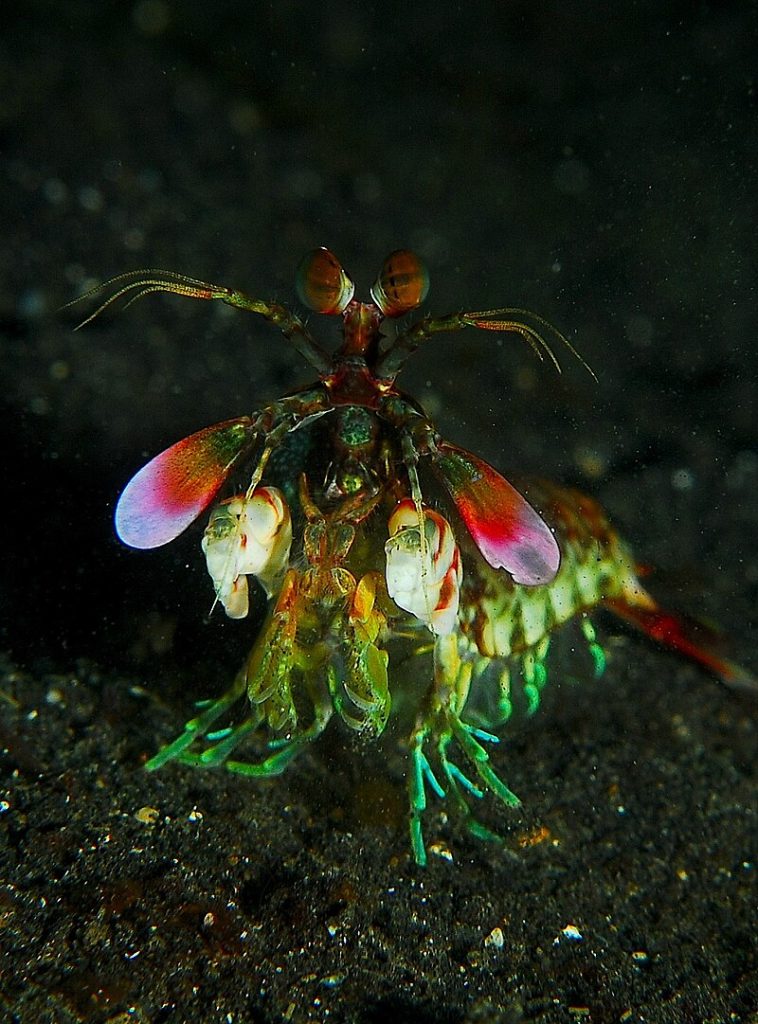
Final Thoughts
The mantis shrimp is not a pet for everyone, but for the right keeper, it’s one of the most rewarding marine animals to own. Their intelligence, hunting prowess, and stunning appearance make them a jaw-dropping addition to any advanced saltwater aquarium.
If you’re ready for the challenge, a mantis shrimp can be a captivating lifelong companion. But if you’re new to saltwater tanks, we recommend starting with something easier before taking on this underwater powerhouse.
Have you ever kept a mantis shrimp? Share your experiences in the comments—we’d love to hear your stories!
For more marine pet guides, stay tuned to our blog and subscribe for the latest updates. 🦐🔥




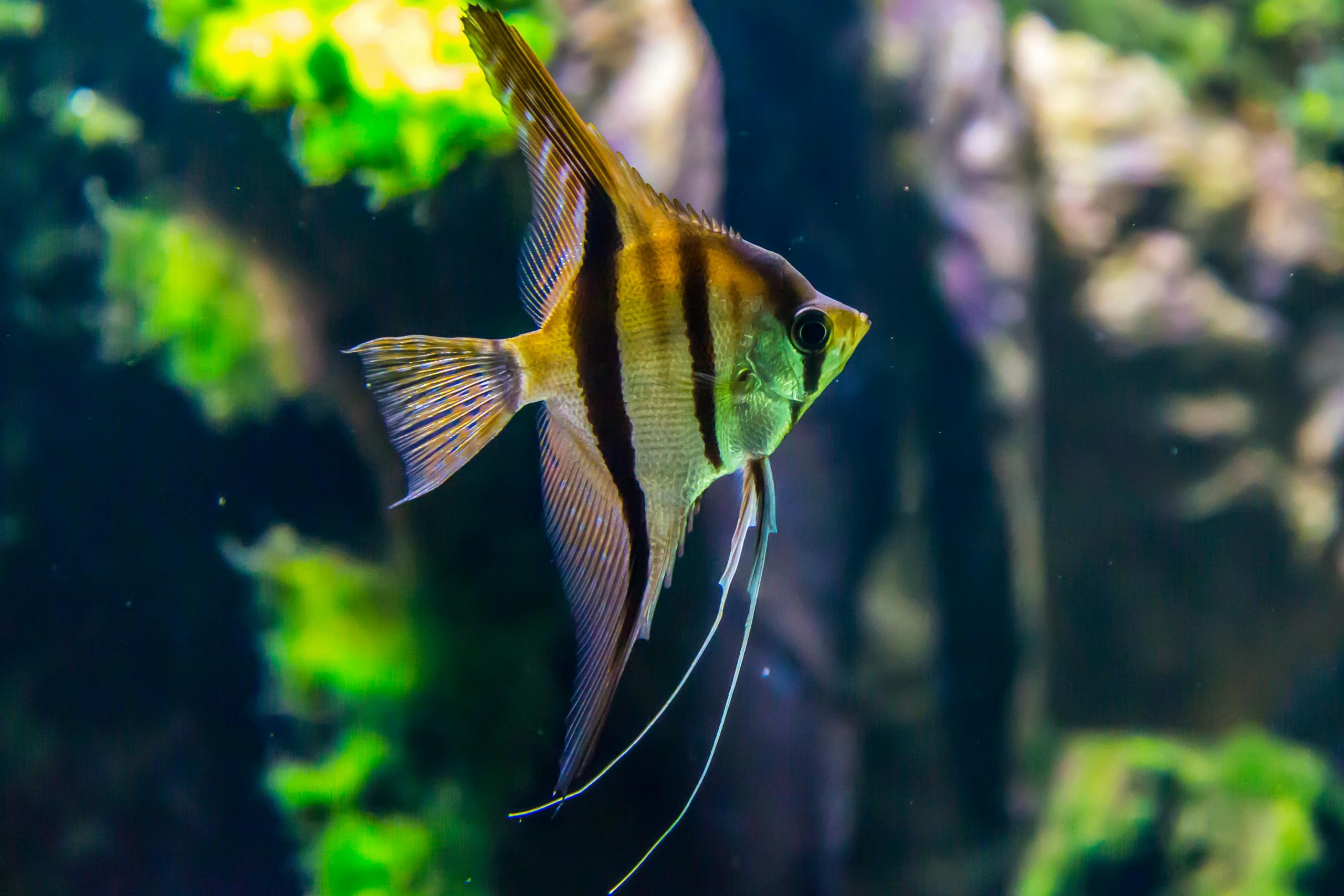
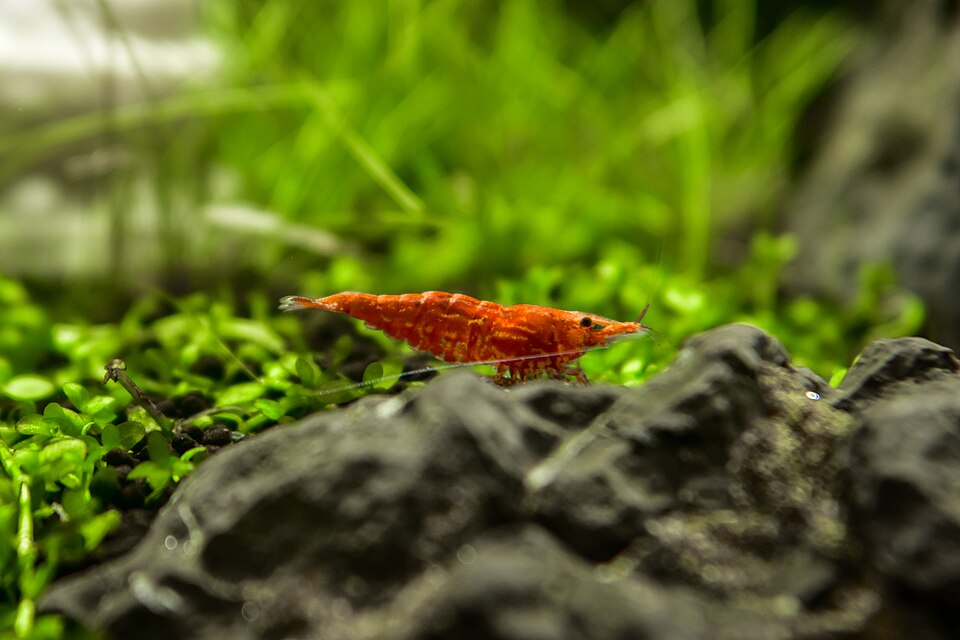

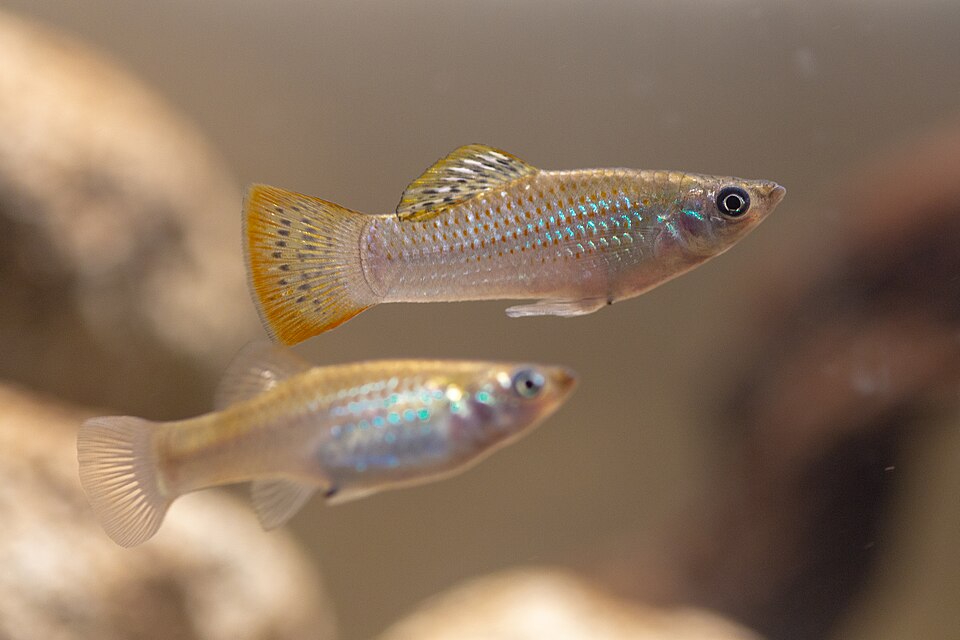
Leave a Reply